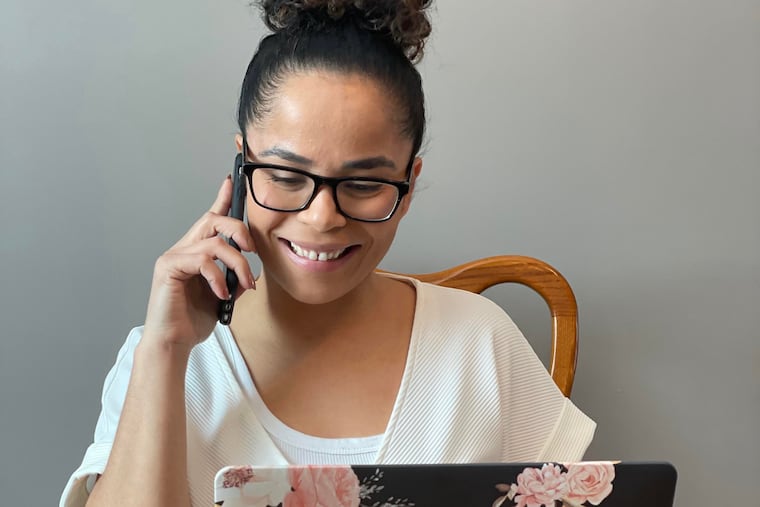3 ways teachers can address their students’ trauma when school is virtual | Opinion
With the pandemic and ongoing racial tensions, students are experiencing higher levels of stress than in previous years, and their emotional well-being must be a focus for teachers.
